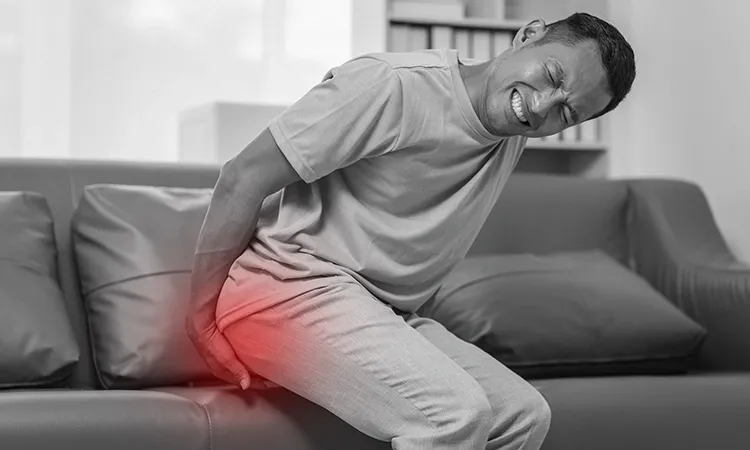Myths about piles are common and can lead to serious misunderstandings about this widespread condition. Hemorrhoids, or piles, affect millions of people worldwide, yet misinformation often clouds the realities of this health issue. In this blog, we will debunk common myths about piles, provide factual information about symptoms and treatments, and help you understand what you really need to know.
What are Piles?
Piles, medically known as hemorrhoids, are swollen veins located in the lower rectum and anus. They can be classified into two primary types:
- Internal Hemorrhoids: These occur inside the rectum and are usually painless, although they may cause bleeding during bowel movements. Often, people may not even realize they have internal hemorrhoids until they notice blood in their stool.
- External Hemorrhoids: These develop under the skin around the anus and can cause intense pain, itching, and swelling. External hemorrhoids may also form blood clots, leading to more severe pain and discomfort.
Understanding what piles actually are is essential before addressing the myths about piles that often circulate.
Common Myths About Piles
Let’s explore and debunk some of the most prevalent myths about piles to clarify the misconceptions surrounding this condition.
Myth 1: Piles Are a Rare Condition
Reality: Piles are actually quite common. It’s estimated that 50% of adults will experience hemorrhoids by the age of 50. Factors such as pregnancy, obesity, and a sedentary lifestyle can significantly increase your likelihood of developing them. Many people suffer in silence, thinking that they are alone in their struggle.
Myth 2: Only Older Adults Get Piles
Reality: While piles are more prevalent in older adults, they can affect individuals of all ages, including young adults and pregnant women. Hormonal changes during pregnancy, along with pressure from the growing uterus, can lead to the development of piles. People with sedentary lifestyles and inadequate fiber intake are also at risk, regardless of their age.
Myth 3: Piles Are a Result of Poor Hygiene
Reality: Poor hygiene does not cause piles. However, inadequate hygiene can exacerbate symptoms associated with existing hemorrhoids. Piles are primarily caused by increased pressure in the pelvic and rectal area, due to factors like straining during bowel movements or prolonged sitting. It’s essential to maintain good hygiene for comfort but know that it doesn’t cause the condition.
Myth 4: Only Surgery Can Treat Piles
Reality: Many treatment options are available for managing piles. Over-the-counter medications, lifestyle changes, and dietary adjustments can effectively alleviate symptoms. For instance, increasing your fiber intake can help soften stool and reduce the need for straining. Surgery is typically reserved for severe cases that do not respond to other treatments, such as rubber band ligation or sclerotherapy.
Myth 5: Piles Are Always Painful
Reality: Not all piles cause pain. Internal hemorrhoids may lead to painless bleeding during bowel movements, while external hemorrhoids can be painful if they swell or develop a clot. Symptoms can vary widely from person to person. Those suffering from hemorrhoids might experience discomfort, itching, and bleeding, but it’s not always severe.
How to Manage Piles Effectively
Managing piles effectively involves several strategies:
- Lifestyle Changes: Incorporate foods high in fiber, such as fruits, vegetables, and whole grains, into your diet. Drinking plenty of water is also essential to prevent constipation and promote regular bowel movements.
- Over-the-Counter Treatments: Various creams, ointments, and suppositories are designed to relieve the discomfort associated with piles. Look for products that contain hydrocortisone or witch hazel for soothing effects.
- Medical Consultation: If you’re experiencing symptoms, it’s important to consult a healthcare professional. They can help determine the best treatment plan tailored to your needs and offer advice on preventive measures to avoid recurrence.
- Healthy Habits: Regular exercise, avoiding prolonged sitting, and practicing good bathroom habits can significantly reduce the risk of developing piles.
Final Thoughts
It is essential to separate fact from fiction when it comes to myths about piles. Understanding the realities of piles can help individuals seek the appropriate treatment and feel more empowered in managing their condition. If you want to know more about myths, visit our resource provider: Myths about Piles
For more expert insights and treatment options for piles, visit pilesfistulacure.com

